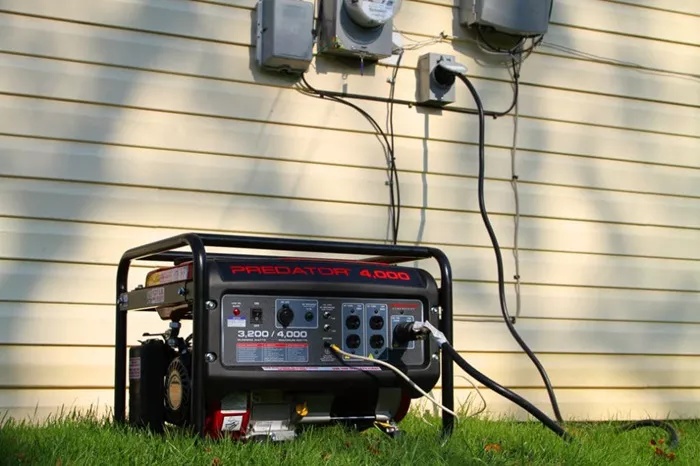When the power goes out, a generator can keep your home running smoothly. But choosing the right generator depends on one critical question: How many watts do you need? The answer varies based on the appliances you use, your home’s size, and whether you want to power everything or just the essentials. In this guide, we’ll break down how to calculate the right generator size, explain key electrical concepts, and help you pick the best generator for your needs.
Understanding Watts, Volts, and Amps
Before calculating your generator needs, it’s important to understand basic electrical terms:
- Watts (W) : Measures power consumption (how much electricity an appliance uses).
- Volts (V) : Measures electrical pressure (standard U.S. home voltage is 120V or 240V).
- Amps (A) : Measures electrical current flow.
The relationship between these is simple:
- Watts = Volts × Amps
- For example, a 120V fridge drawing 5 amps uses:
- 120V × 5A = 600 watts.
Calculating Your Home’s Power Needs
To determine the right generator size, follow these steps:
List Essential Appliances
Identify which devices you need during an outage. Common essentials include:
- Refrigerator (600–800W)
- Lights (60–100W per bulb)
- Sump pump (750–1500W)
- Furnace fan (500–1200W)
- Microwave (1000–1500W)
- TV (100–400W)
- Laptop (50–100W)
Check Starting vs. Running Watts
Some appliances, like refrigerators and air conditioners, need extra power to start (surge watts) but then run at lower wattage.
Running Watts : Continuous power needed.
Starting Watts : Extra power needed for 2–3 seconds at startup.
Example : A fridge may need 800W running but 1600W starting.
Add Up Total Wattage
Calculate both running and starting watts:
- Running Watts Total = Sum of all running watts.
- Highest Starting Watts = The largest surge wattage among appliances.
- Total Generator Need = Running Watts + Highest Starting Watts
Types of Generators for Home Use
Portable Generators (3,000–10,000W)
- Best for partial power (essential appliances only).
- Requires manual setup and fuel (gasoline, propane).
- Affordable but noisy; must be used outdoors.
Inverter Generators (2,000–7,000W)
- Quieter, fuel-efficient, and safer for electronics.
- Good for RVs, camping, or small homes.
Standby Generators (10,000–50,000W)
- Permanently installed, auto-starts during outages.
- Powers entire homes (HVAC, water heater, etc.).
- Runs on propane or natural gas; expensive but seamless.
Safety Tips When Using a Generator
Never run indoors : Generators emit deadly carbon monoxide.
Use heavy-duty extension cords : Rated for outdoor/wet conditions.
Install a transfer switch : Prevents backfeeding, which can electrocute utility workers.
Regular maintenance : Check oil, fuel, and filters to ensure reliability.
Conclusion
Determining how many watts your generator needs depends on your essential appliances and their power demands. A small home may run on 5,000W, while a larger house with central air may need 20,000W or more.
Before buying, calculate your total wattage, consider starting surges, and decide between a portable, inverter, or standby generator. Always prioritize safety by following proper installation and usage guidelines. By choosing the right generator, you’ll keep your home powered—no matter what happens to the grid.

